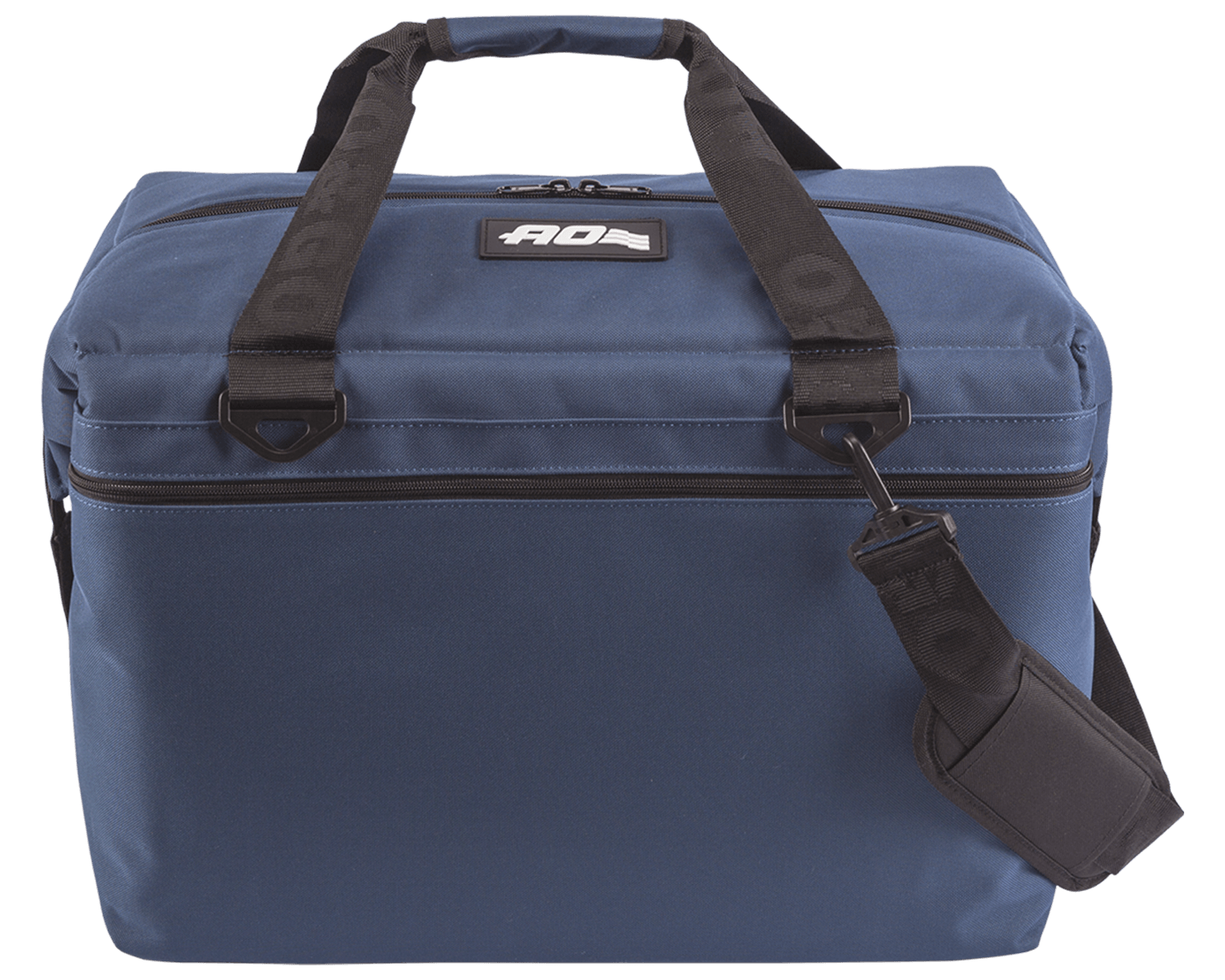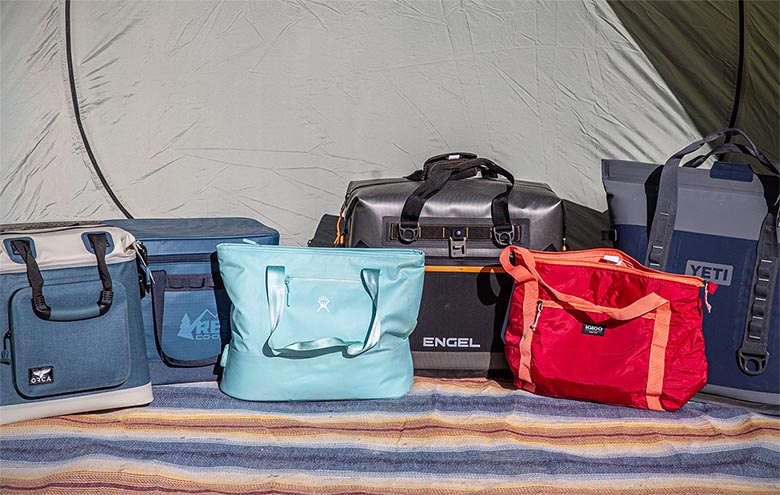The Best Soft-Sided Coolers for Keeping Your Beverages Ice-Cold in Style
The Best Soft-Sided Coolers for Keeping Your Beverages Ice-Cold in Style
Blog Article
How to Choose the most effective Soft-Sided Cooler for Your Demands
Selecting the optimum soft-sided cooler calls for a thoughtful assessment of numerous essential elements customized to your certain demands. Begin by figuring out the ideal size based upon your storage space demands and the period of your outings. Insulation performance, the toughness of products, and mobility features are similarly critical. Furthermore, exploring additional capabilities can boost your colder's utility. Nevertheless, with numerous options offered, comprehending how these aspects adjoin is essential for making an informed decision-- specifically when thinking about the wide range of layouts and attributes on the marketplace today.

Determine Your Size Needs
When picking a soft-sided colder, it is crucial to frequently evaluate your size needs to make certain optimal performance. For day trips, a cooler that can accommodate a couple of treats and drinks may suffice, while longer excursions necessitate bigger capability options.
In addition, think about the dimensions and weight of the cooler. Assess just how the cooler will be made use of-- will it be brought by hand, strapped to a backpack, or stored in a car?
Furthermore, assume about the dimension of the products you intend to store. For bigger items, a cooler with a more charitable opening may be beneficial. Ultimately, choosing the best dimension cooler will improve your outdoor experience by ensuring you have appropriate storage space without unnecessary mass, permitting for comfort and simplicity throughout your activities.
Evaluate Insulation Performance
Insulation efficiency is a vital factor to think about when picking a soft-sided cooler, as it straight affects the cooler's ability to keep the desired temperature of its components. A colder's insulation is normally gauged by its thickness and the products made use of, which can dramatically influence its effectiveness in maintaining cool or heat.
When evaluating insulation, search for versions that make use of high-density foam, as this product supplies premium thermal resistance. Additionally, take into consideration the cooler's design; features such as a watertight zipper and reinforced joints can enhance insulation by decreasing air exchange. Some coolers employ reflective cellular linings that further improve temperature level retention by mirroring warmth far from the contents.
It is also useful to check the colder's performance scores, such as for how long it can keep ice frozen in different problems. Customer evaluations can provide understanding right into real-world efficiency, helping you analyze whether a cooler lives as much as its claims. Eventually, focusing on insulation efficiency will certainly make sure that your soft-sided cooler meets your particular needs, whether you're planning an outdoor camping journey, a coastline day, or a picnic in the park.
Consider Product Durability
Evaluating the longevity of materials made use of in a soft-sided cooler is important for ensuring it stands up to different outdoor problems and tasks. The outer fabric is commonly made from nylon or polyester, which must ideally be strengthened to resist abrasions, rips, and UV damage. Look for materials that have been dealt with for water resistance to safeguard versus dampness, particularly if the cooler will certainly be utilized in damp environments.
Seams and zippers are crucial points of failure in soft-sided colders. Heavy-duty zippers that are corrosion-resistant or water-proof can considerably enhance long life. Additionally, enhanced sewing at seams adds structural stability, stopping leaks and making sure the colder stays undamaged throughout transport.

Examine Portability Attributes

First, think about the weight of the cooler. A light-weight model is preferable, especially for activities like camping or treking where lugging equipment over extended ranges prevails. Furthermore, the visibility of sturdy and comfortable lugging handles or cushioned shoulder straps can boost the overall mobility. Seek coolers that offer several lugging options, such as side manages for quick lifts and adjustable bands for longer treks.
Another important feature is check these guys out the colder's form find this and dimension. Examining these mobility functions will guarantee you pick a soft-sided colder that meets your mobility demands and boosts your outside experience.
Explore Extra Performances
When selecting a soft-sided cooler, added functionalities can considerably enhance its functionality and flexibility. Beyond standard cooling abilities, think about features that accommodate particular activities or settings. Some colders come furnished with integrated bottle openers, making them specifically practical for outdoor events.
Another functionality worth exploring is the incorporation of several compartments or pockets, which can aid arrange snacks, tools, and other essentials, improving total ease. Additionally, certain models use detachable liners for simple cleaning, guaranteeing that spills or messes do not detract from the cooler's longevity.
Another cutting-edge attribute is the existence of waterproof and leak-proof styles, which not only safeguard the cooler's materials yet also avoid moisture from seeping out, making them ideal for boating or beach trips. Some soft-sided coolers likewise include insulation technology that offers extended air conditioning time, critical for longer outings.
Finally, think about colders with adjustable straps or detachable shoulder pads for boosted convenience throughout transport. By assessing these additional performances, you can pick a soft-sided colder that flawlessly lines up with your lifestyle and outside needs.
Verdict
In final thought, choosing the optimum soft-sided colder necessitates a cautious evaluation of different aspects, including dimension needs, insulation efficiency, material durability, and transportability features. Additionally, exploring added capabilities can boost general comfort and functionality. By systematically taking into consideration these facets, people can make educated choices that align with their specific needs, making certain a much more efficient and satisfying experience throughout outdoor activities or traveling. A well-chosen soft-sided colder can significantly add to the success of any kind of getaway.
Ultimately, focusing on insulation performance will guarantee that your soft-sided cooler fulfills your specific demands, whether you're preparing a camping journey, a beach day, or a picnic in the park.
By prioritizing these product aspects, you can choose additional info a soft-sided cooler that will certainly withstand sturdy usage and give reliable efficiency throughout its lifespan.
Assessing these transportability features will certainly guarantee you select a soft-sided cooler that meets your flexibility demands and enhances your outside experience. best soft-sided coolers.
When picking a soft-sided colder, extra performances can significantly boost its functionality and adaptability.In verdict, picking the ideal soft-sided colder demands a mindful evaluation of different factors, consisting of size needs, insulation efficiency, product longevity, and transportability functions.
Report this page